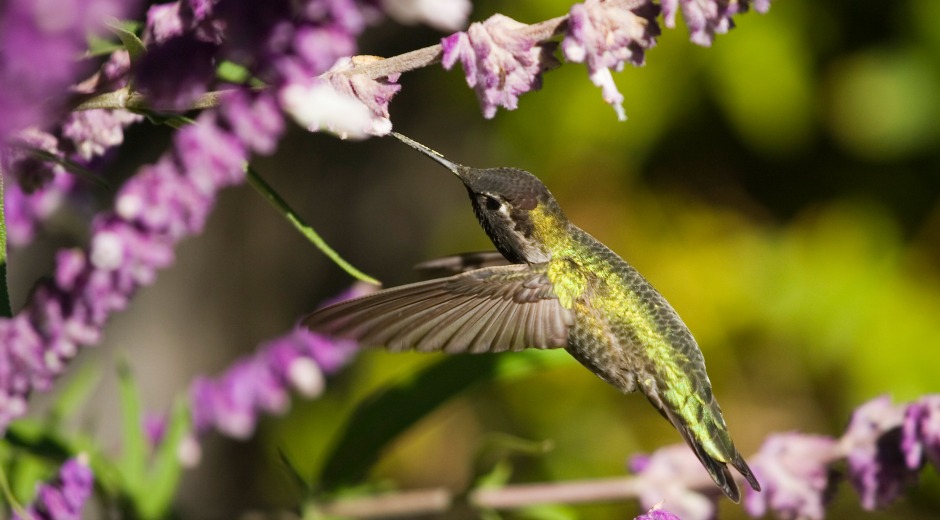FirstEnergy Employees Emerge as Green Thumbs Amid COVID-19 Pandemic
A bright bloom among the weeds of the COVID-19 pandemic has been the growing number of FirstEnergy employees who have expressed interest in planting their own pollinator gardens. Nearly 150 employees in five states participated in a “gardening 101” webinar presented by the company’s corporate responsibility team and the Electric Power Research Institute (EPRI) on Tuesday, April 28. The virtual event fell on Gov. Mike Dewine’s Garden Day during Stay at Home Ohio’s Spirit Week initiative.
To promote corporate responsibility and support the company’s mission to make the environment better, FirstEnergy introduced a companywide initiative in 2020 to create and maintain pollinator gardens across FirstEnergy locations in Ohio, Pennsylvania, New Jersey, Maryland and West Virginia. That was before the current health emergency restrictions uprooted “business as usual.”
With more than 7,000 employees now working from home, members of FirstEnergy’s Corporate Responsibility Task Force quickly developed a plan to host a virtual learning experience to keep employees engaged in the initiative, while also arming them with tips and tricks to start their gardens at home.
“Planting pollinator gardens is a way for our employees to create habitats that support pollinating insects, which have been declining due to an increase in urbanization and fragmented landscapes,” said Rebecca Spach, director of vegetation management at FirstEnergy. “It is a way to unite employees from across our service territory, and from their homes, on an initiative that promotes corporate responsibility, environmental awareness and fun.”
Using the information gathered from the webinar, employees will plant pollinator gardens at FirstEnergy locations once they return to work. Once grown, nectar-rich plants such as sunflowers, lavenders and coneflowers will attract pollinators like butterflies and bees. This year, National Pollinator Week will be held June 22-28.
Supporting pollinators is not new to FirstEnergy. As more areas across the United States are developed, the electric utility industry is positioned to create habitats along transmission corridors that benefit a new generation of pollinators. Pollinators thrive in the open areas along transmission rights-of-way because they can find food, nectar and cover to nest that is unavailable in the deep woods.
With this in mind, FirstEnergy employs integrated vegetation management practices along approximately 24,500 miles of transmission lines to promote and protect pollinators. By replacing incompatible vegetation that could contact power lines with low-growing shrubs and wildflowers, the company is establishing habitats where pollinators can flourish – all while keeping the lights on for customers.
For more information on FirstEnergy's environmental and corporate responsibility efforts, click here.
MEDIA CONTACT: Lauren Siburkis, (330) 203-8850

